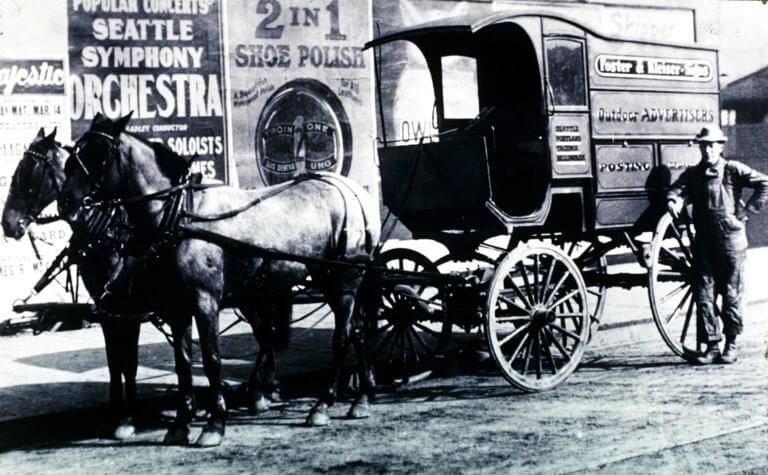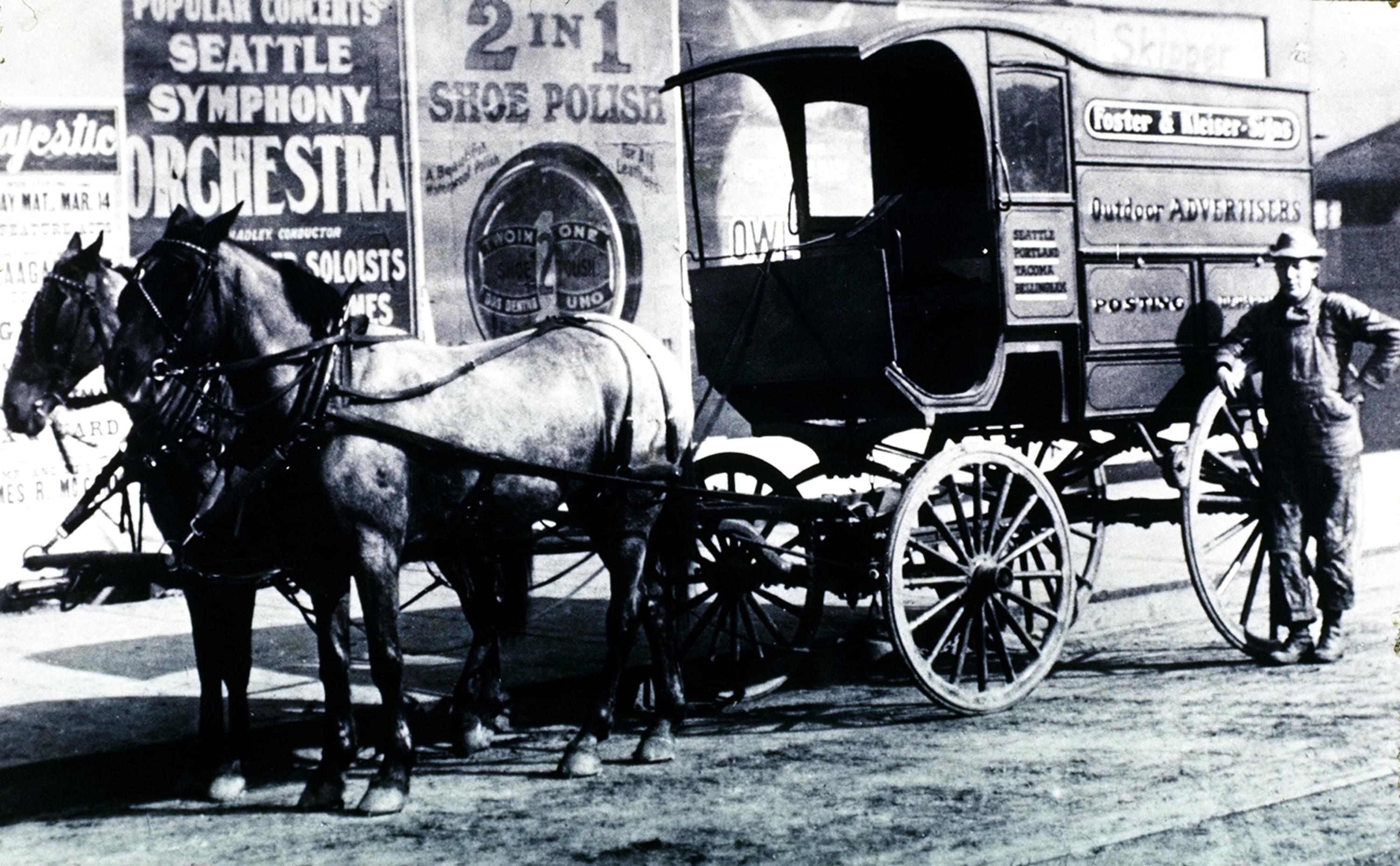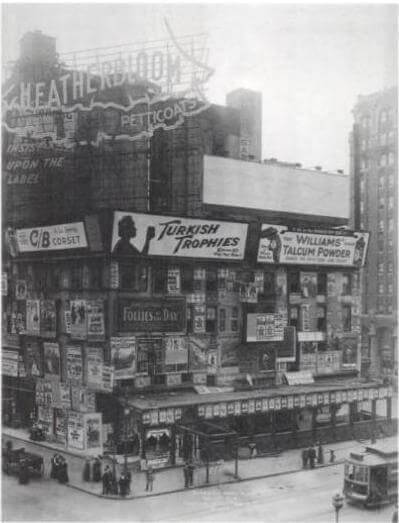
 Billboards of 80’s
Billboards of 80’s
The earliest outdoor advertisements were probably inscriptions on Egyptian monuments. When Johannes Gutenberg invented the first movable type printing in 1450, modern advertising was introduced through the handbill. In 1796 the first illustrated poster was made through the lithographic process.
Prior to the advent of motor vehicles, primitive examples of billboards were sometimes used to alert people traveling on horseback, or by carriage or on foot that could be found within a certain distance up the road. Along with naming and providing an approximate distance to the establishment the billboard would sometimes list some of the amenities such as food, clean beds, and the presence of facilities to house the carriage or stable the horse.
The Evolution of OOH over the Years:
In 1450, Johannes Gutenberg invented movable type printing, and advertising in the modern era was launched in the form of the handbill. The lithographic process was improved upon in 1796 which transitioned into an illustrated poster.
1830’s: The main focus was on business and needed to grab the attention of passers-by, so they started simple, by putting posters up on walls to advertise or painting signs or whatever the business was selling, promoting, or just to let people know what merchant was there. Of course now we have digital signage, but the idea has always been simple, efficient and to the point and it’s probably why it’s stood the test of time.
1870’s: By the 1870s billboard leasing’s became a common thing and soon bill-posting companies and sign painting began to sprout out.
1900: A standardized billboard structure created in the U.S. heralded in a boom of national billboard campaigns. Big advertisers such asKellogg, Palmolive, and Coca-Cola began mass-producing outdoor messages. OOH companies offered a wide selection of advertising formats including street furniture, billboards, transit, cinema, alternative media, and digital place-based screens.
On October 22, 1965 billboards were set up on the highways which comes under the act of the Highway Beautification and it was signed into law by President Lyndon B. Johnson. It controlled billboards on interstate and federal-aid primary highways by limiting billboards to commercial and industrial areas and by requiring states to set size, lighting and spacing standards and requiring just compensation for removal of lawfully erected signs.
Billboards From 1990’s to Present

With the advent of digital technology, hand-painted boards were replaced by computer-painted outdoor advertising formats. Outdoor companies offered a diverse range of advertising format including bus shelters, transit and kiosks, airport advertising, mall displays, and taxis.
From the early civilization until the present time, man has used the billboards to advertise, to market, to share their feelings, and generally to uplift the lives of many. Whether it’s to provide information on kitchen stuff, groceries or the arrival of the best car in the town, knowledge is imperative element that billboards have imparted. They have become a very popular medium to address issues and information. Perhaps it’s because they reach out to more people for cheaper prices than any other type of media.
In next 5 years
I have a theory that digital billboards alongside very scenic roads may be obsolete in five years due to a possible rising and multitude of pro-scenic and traffic safety advocates, as it is more reasonable to expect that humans will still have 75% control of motor manipulation. Specific locations will become sites for billboards that will become an attraction in itself. In replacement of the digital billboard by the roadside, the actual medium will probably be scaled down in form but more powerful in functionality.
To keep messages relevant, identity-detecting sensors are also an envisioned technology feeding data to and from the 5-year billboard that will read off signals emitted from cars. Queried against the DMV, the billboards can send signals back to in-car dashboards or the mobile phone registered to the vehicle owner to send personalized messages which is called mobile retargeting.

CONCLUSION
The billboard is a medium that may bring wistful memories to most people driving on the road today and while the 5-year version of the billboard may not be recognizable to those who know it today, there is huge potential for the quality of deliverability and content in the future. Perceived mostly as an advertising vehicle, there is opportunity for the billboard industry to revise methods of medium engagement that can balance the duties of privacy protection, providing meaningful information to those who care, and keeping the technology as appealing and captivating as possible to the deliverable community.


